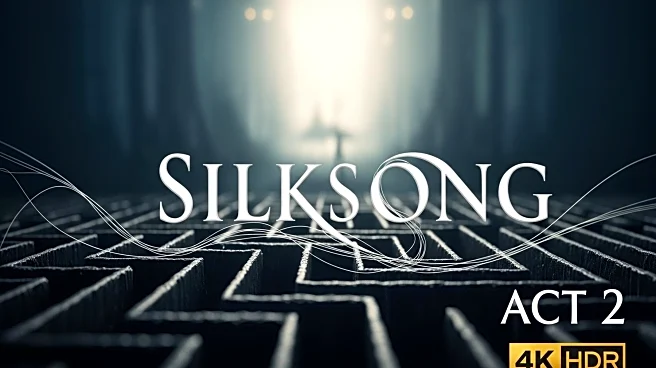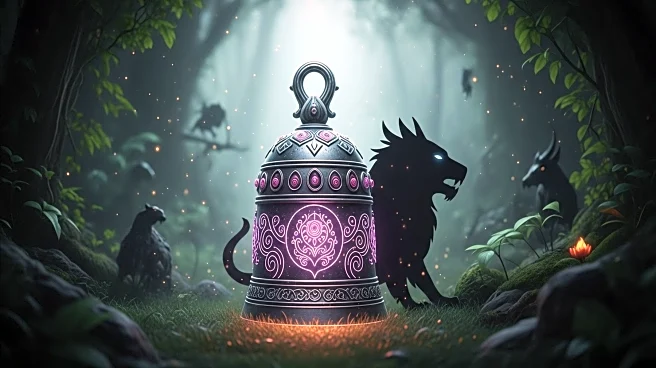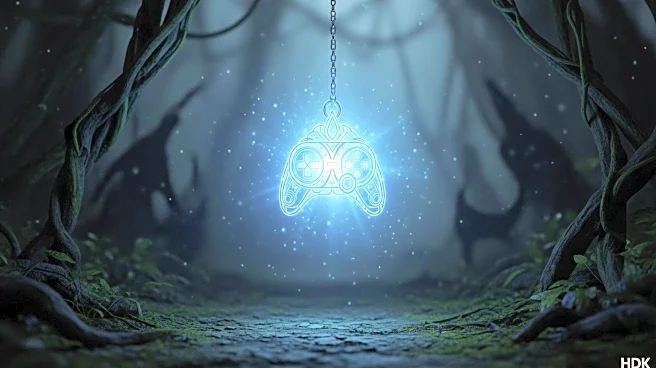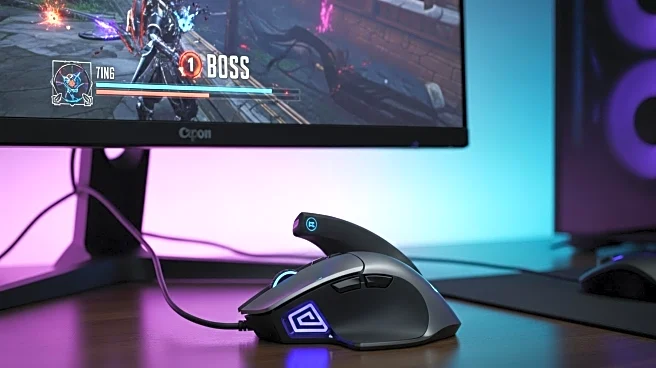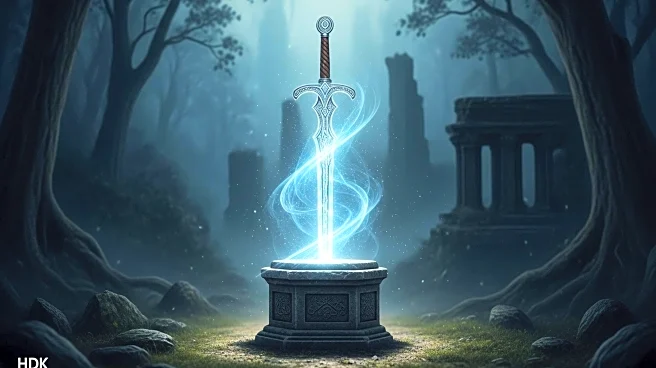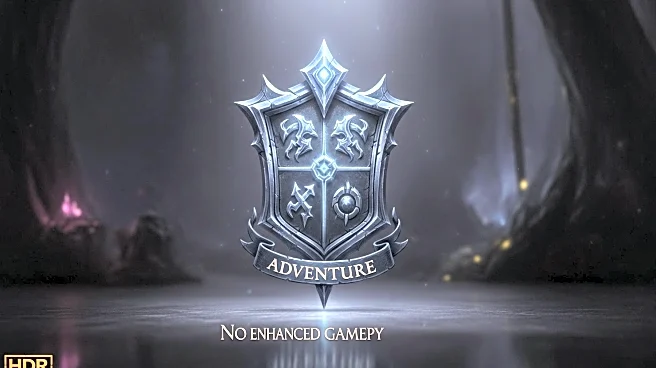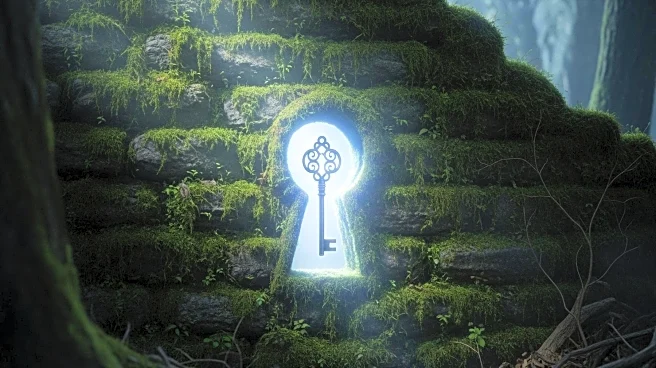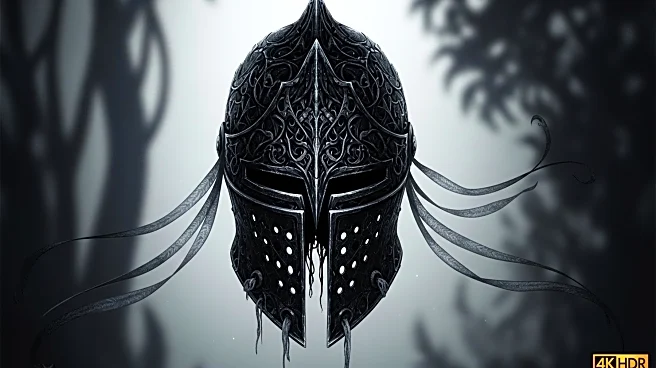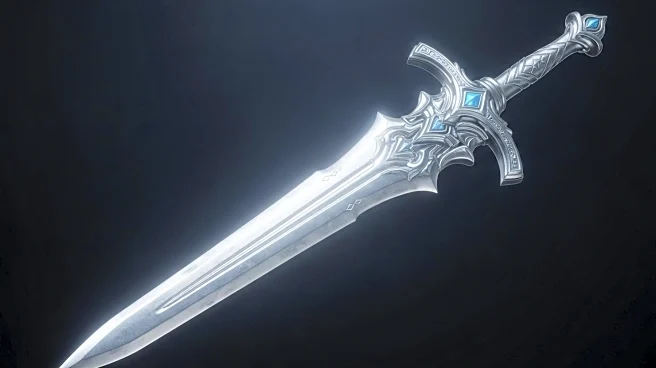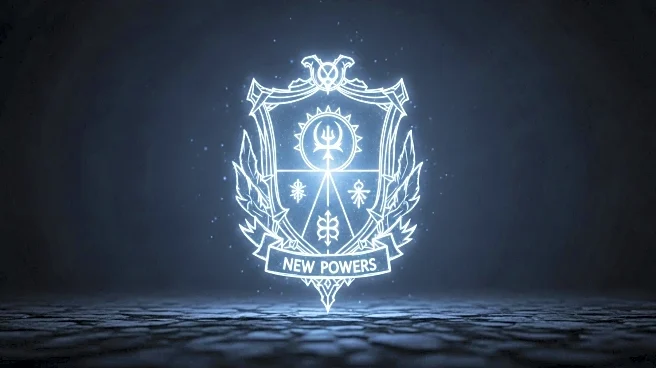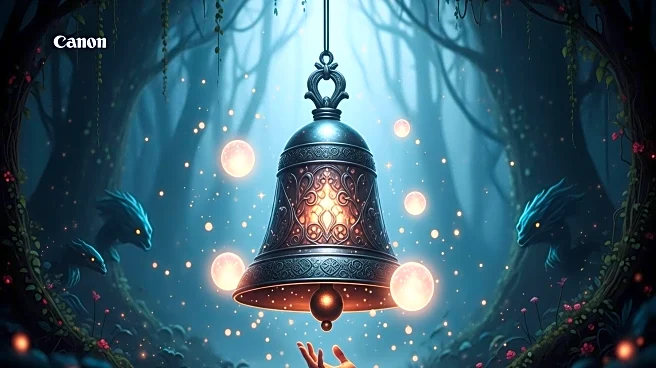What is the story about?
What's Happening?
Silksong, the sequel to Hollow Knight, is known for its challenging gameplay, which has sparked debate among players. The game features difficult optional areas, punishing upgrade systems, and challenging enemies. However, players who persevere through the initial difficulties find that Act 2 offers a more balanced experience. The game rewards exploration and strategic use of upgrades, such as crests and tools, which can significantly alter gameplay. Players are encouraged to explore the game's vast world to find resources and upgrades that ease the difficulty. The game's design emphasizes curiosity and patience over sheer technical skill, offering a rewarding experience for those who invest time in understanding its mechanics.
Why It's Important?
Silksong's difficulty level is a critical aspect of its design, impacting player engagement and satisfaction. The game's challenging nature is a hallmark of the soulslike genre, appealing to players who enjoy overcoming difficult obstacles. However, the initial difficulty may deter some players, affecting the game's reception and sales. The discourse around Silksong's difficulty highlights the importance of balancing challenge and accessibility in game design. This conversation is relevant to the broader gaming industry, where player feedback can influence future game development and design choices.
What's Next?
As players continue to explore Silksong, discussions and strategies for overcoming its challenges are likely to proliferate online. Developers may consider addressing player feedback in future updates or patches to improve accessibility. The game's community will likely continue to share tips and guides to help players navigate its challenges, enhancing the overall gaming experience. Additionally, the game's difficulty may influence future indie game designs, prompting developers to consider player feedback more closely in their development processes.
AI Generated Content
Do you find this article useful?
